Vietnam projects provide opportunity for Indiana corn and soybean farmers
By Amie Simpson
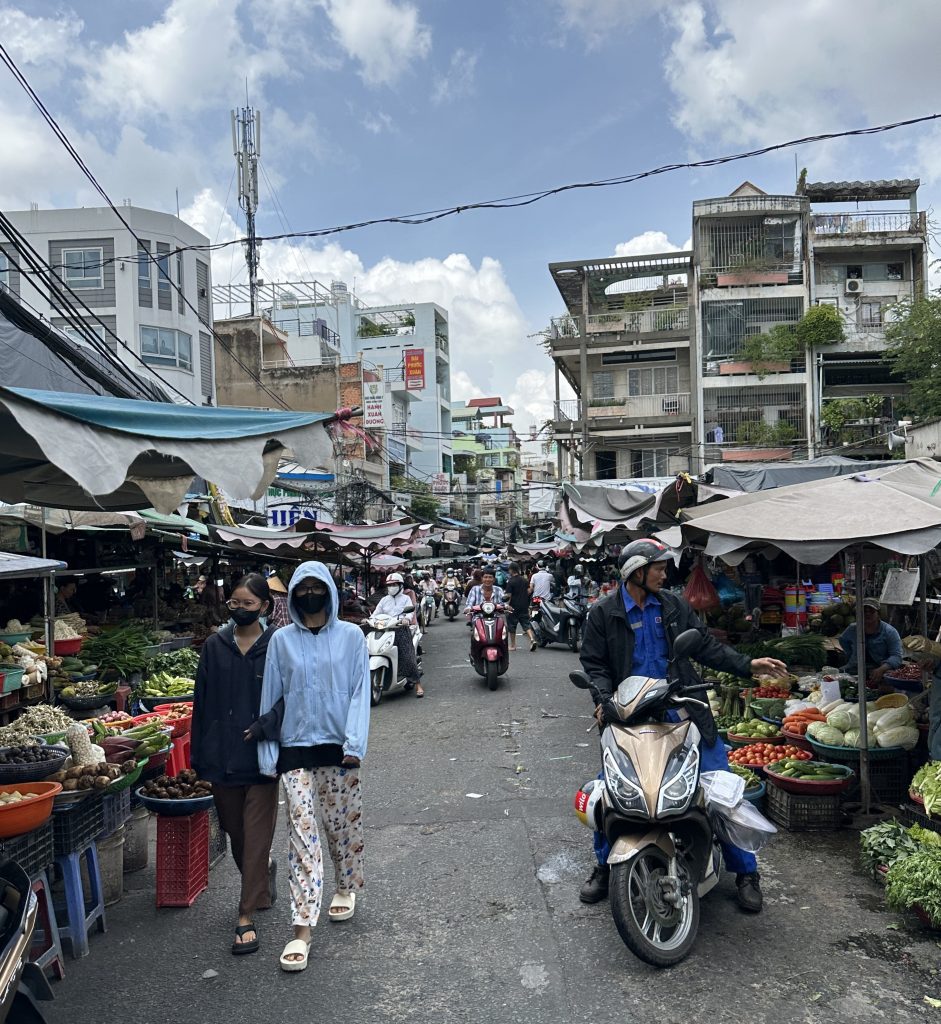
With a population of more than 100 million people and a rapidly growing middle class that is demanding higher levels of animal protein, Vietnam is providing market opportunities for Indiana corn and soybean farmers.
Vietnam is the United States’ 10th-largest export market for agricultural and food products. According to the U.S. Department of Agriculture (USDA), exports of U.S. ag and related products to Vietnam totaled nearly $3.5 billion in 2023.
Chris Eck, an Indiana Soybean Alliance (ISA) board member, says Vietnam is an emerging market, with its young population contributing to the country’s economic growth.
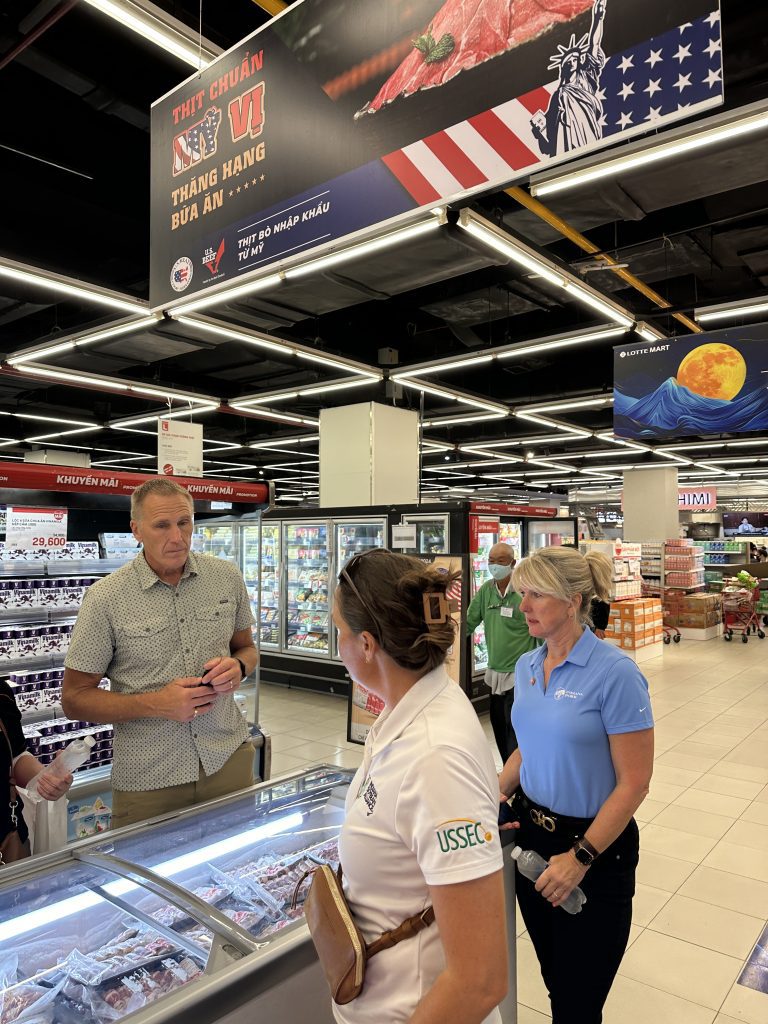
“We’re talking about a country that has a population around one-third the size of the U.S. population and its average age is in the low 30s,” he says. “So, it’s a growing population plus they have a growing middle class, which means more protein consumption and more chances for growth for U.S. agricultural exports.”
Eck grows seed corn, corn, soybeans, and wheat in Boggstown, Ind.
Jenna Scott, an ISA board member, says there are opportunities for Indiana farmers to meet the needs of the Vietnamese population.
“(Vietnamese consumers) are looking for high quality products because they can’t produce them all themselves,” she says. “The U.S. is looking to be a partner and showcase that we have high quality proteins and sustainably grown animals and sustainably grown crops to fulfill those needs.”
Scott grows corn and soybeans and operates a specialty greenhouse production for vegetable transplants alongside her father in Gaston, Ind.
A delegation of farmers representing ISA and the Indiana Corn Marketing Council (ICMC) recently saw checkoff projects taking place in Vietnam in an effort to move more Indiana corn and soybeans.
Vietnamese cuisine adds U.S. pork
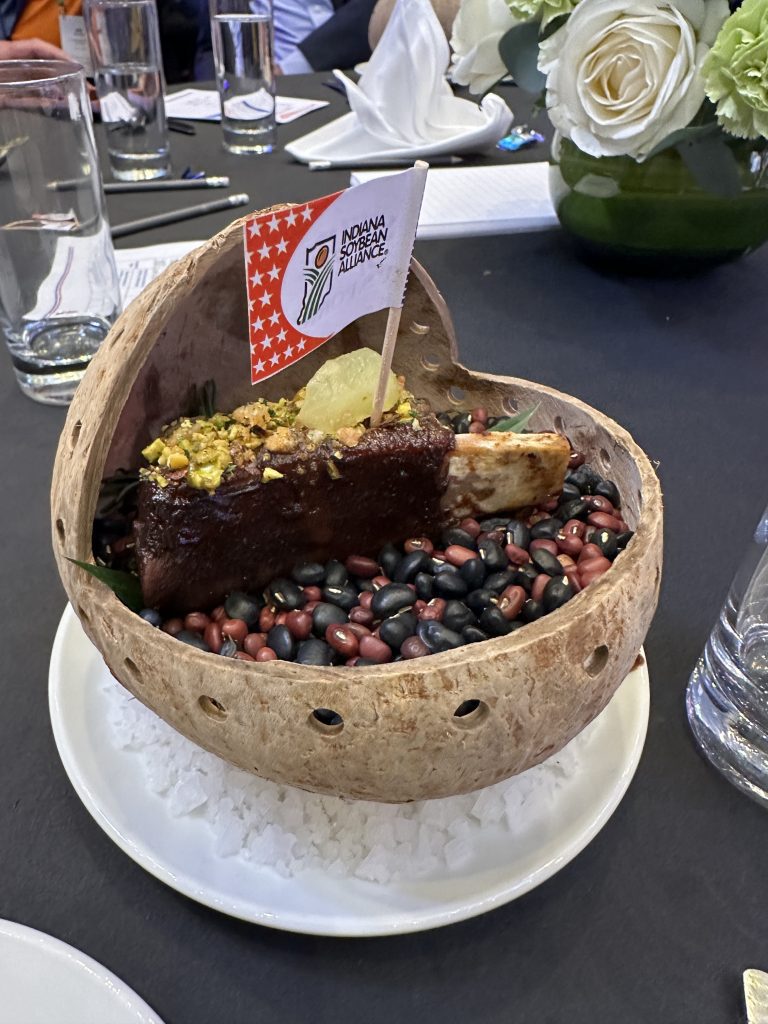
One of the efforts supported by ISA and ICMC through the U.S. Meat Export Federation (USMEF) is the Porkstars Challenge that took place on Sept. 9 in Ho Chi Mihn City. During the event, three accomplished Vietnamese chefs teamed up with social media influencers to prepare creative and delicious dishes using U.S. pork spareribs.
The chefs showcased U.S. pork as a quality meat that can be used in traditional Vietnamese dishes and influencers helped raise awareness and create excitement in consumers and the foodservice industry. The showcase was livestreamed on social media channels to further its reach.
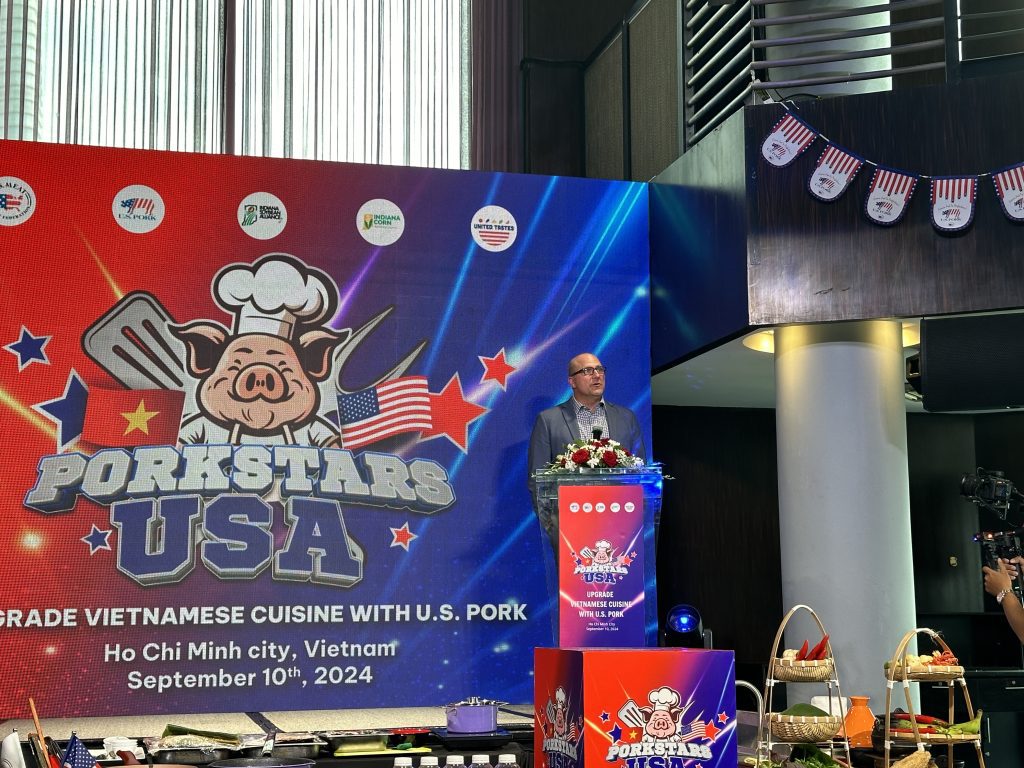
ISA and ICMC is proud to work with USMEF as it creates new opportunities and develops existing international markets for U.S. red meat. In 2023, 29.6 percent of the total amount of pork and pork variety meat produced in the U.S. was exported, a new record. The average export value for each hog marketed in the U.S. was $63.76.
“This chef competition event is a great example of how the U.S. soybean sector partners with the pork industry through USMEF in developing international markets for U.S. pork,” said John Hinners, USMEF senior vice president of industry relations. “We are working to differentiate U.S. pork’s quality in Vietnam and the USMEF chef’s competition helps us accomplish this goal.”
Indiana corn and soybean growers raise the feed to grow U.S. pigs and ultimately benefit from increased demand for U.S. pork. As there is more demand for U.S. pork, there is more demand for Indiana crops.
U.S. Pork was well represented during the event with National Pork Board (NPB) President Al Wulfekuhle, a producer from Iowa, and Courtney Knupp, NPB vice president of international market development, in attendance.
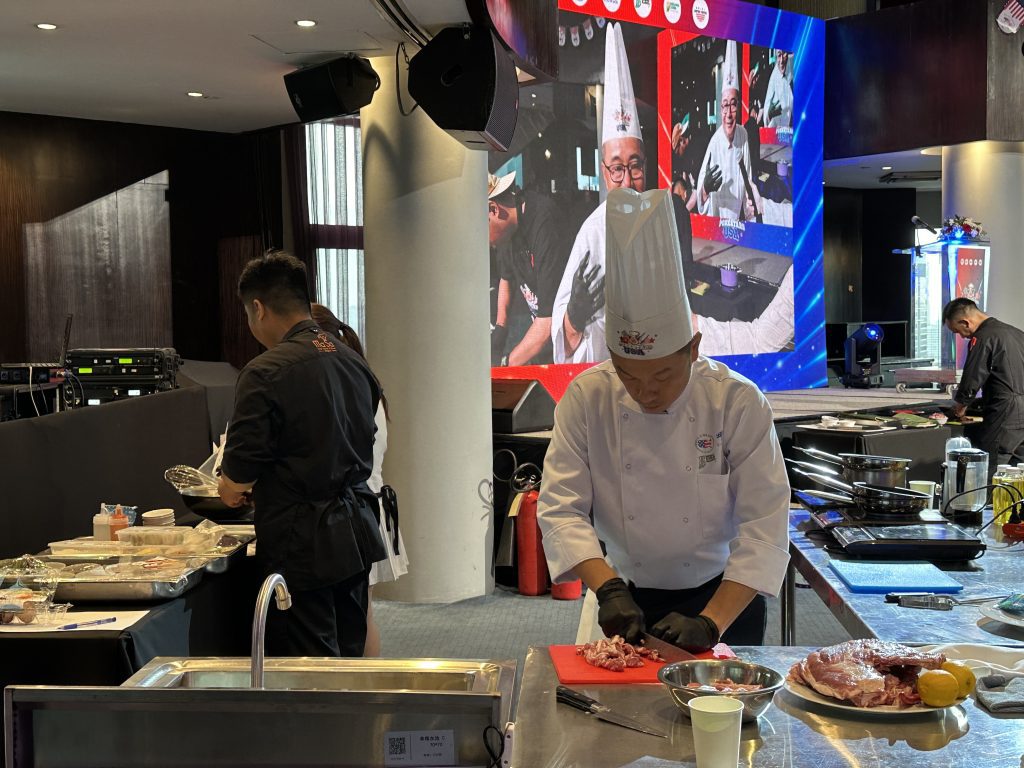
Jackie Ponder, a pork producer from Greenwood, Ind., represented the Indiana Pork Producers Association during the trade mission.
“We feed great Indiana corn and soybeans to our animals, and it makes delicious food. It’s very exciting to see how the people of Vietnam have embraced the high quality of U.S. pork,” she said. “These events that Indiana Soybean Alliance and the Indiana Corn Marketing Council sponsor here in Vietnam are a wonderful way to introduce the Vietnamese people to the high quality and the good nutrition of U.S. pork.”
She adds that Vietnam will continue to be an important market for U.S. pork for years to come.
“The Vietnamese people are thriving. The younger population is very excited to eat healthily and as the country grows and the economy strengthens, there are new people entering the middle class that are going to be able to afford higher quality protein,” she said. “That is a wonderful entry for U.S. pork because it is high quality. We beat our competitors around the world for that and these projects by Indiana Soybean Alliance and Indiana Corn Marketing Council have really tapped into that.”
Scott says she saw firsthand how investments in Vietnam are benefiting Indiana farmers.
“Investing in projects like Porkstars benefits Indiana farmers because the more corn and soybean meal we can move through meat exports, the more we can sustain our growing crops,” she said. “We want to continue to promote the use of high-quality U.S. meat in Vietnamese dishes. It’s a very important market to us.”
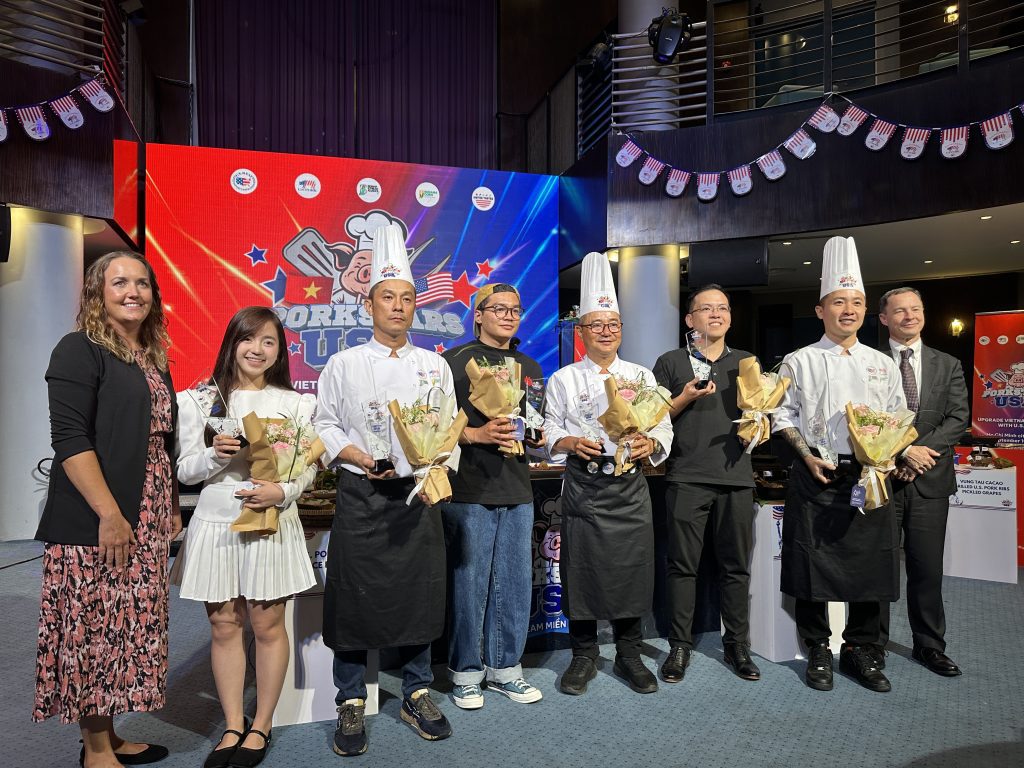
Another benefit to Indiana farmers during the competition was the use of high oleic soybean cooking oil by the participating chefs. Indiana farmers are the leaders in growing high-oleic soybeans, planting nearly 850,000 acres in 2023.
Farmers receive a premium for growing high oleic soybeans. Increased demand for high oleic soybean oil benefits those growers and consumers. Eck grows high oleic soybeans on his operation.
“The benefits of high oleic soybean oil are pretty easy,” he says. “It is sustainably grown, and it has double the fry life. It doesn’t carry flavors over, it’s heart healthy, and you can cook it at a higher temperature as well.”
As Porkstars seeks to elevate U.S. pork in Vietnamese cuisine, the event has continued to grow and evolve. The chefs and influencers who participated in this year’s showcase include: Chef Le Xuan Tam and Vu Gia Bao, representing the northern team; Chef Dinh Son Truc and Phan Ngan Ha on the central team; and Chef Cam Thien Lon and Ong Chu Nguoi Bong on the southern team. Proceeds from the showcase will support children in Vietnam through the Nuoi Em project.
Vietnamese chefs try U.S. chicken
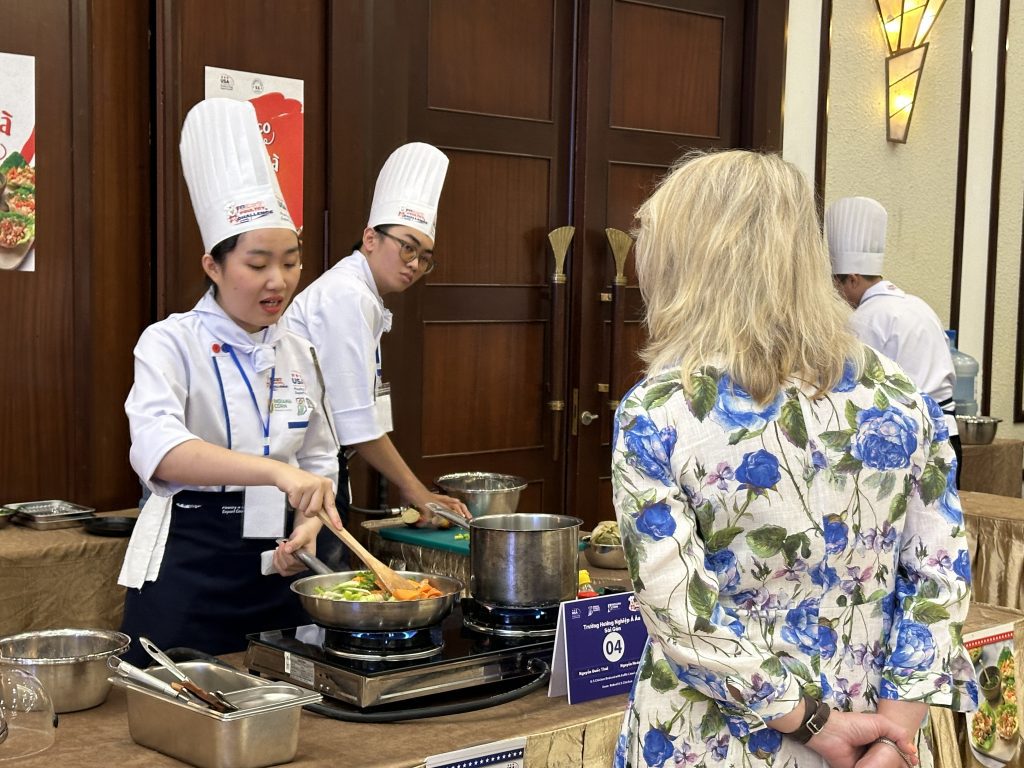
ISA and ICMC also support projects in Vietnam through the USA Poultry and Egg Export Council (USAPEEC), an organization that promotes exports of U.S. poultry and eggs around the world.
The Best Poultry Challenge aims to increase demand for U.S. poultry by increasing awareness and favorability for the product among culinary students from universities and colleges across Vietnam who have won top prizes in previous USAPEEC cooking contests. Twelve teams of two culinary chefs competed in the contest on Sept. 12 in Danang, Vietnam.
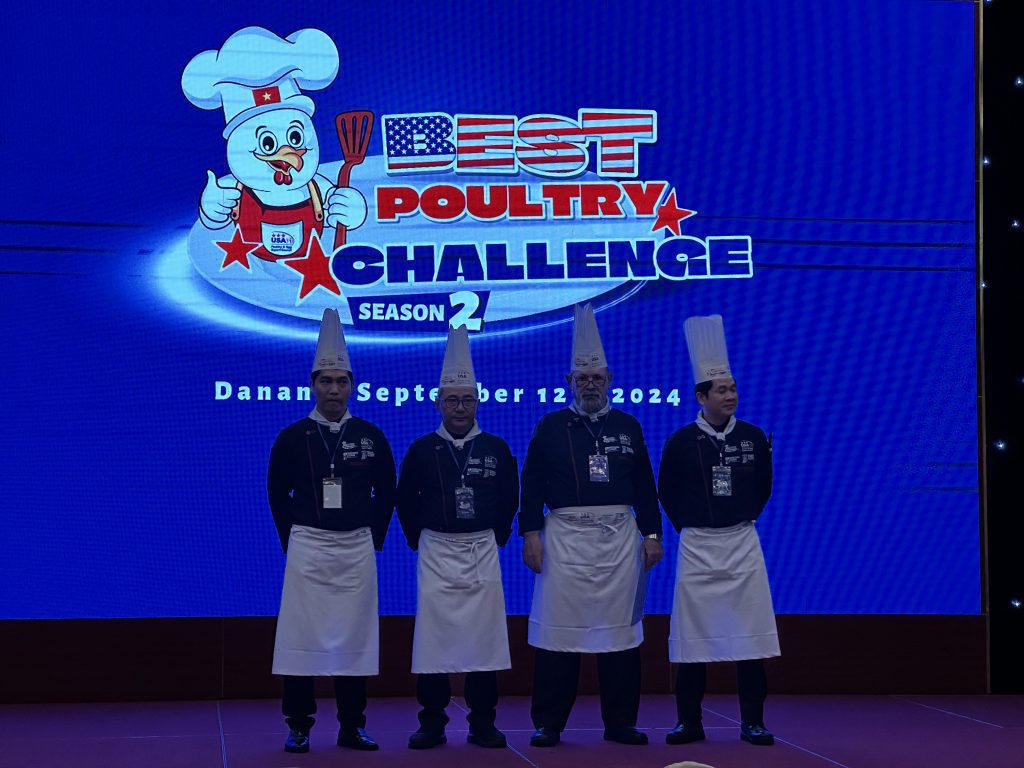
The organization recognizes that culinary students are the future of the foodservice industry. A seminar and cooking demonstration by the chef judges took place ahead of the contest so that the students could better familiarize themselves with U.S. poultry.
Executive Chef and USAPEEC Food Consultant Norbert Ehrbar was a judge in this year’s competition. He says there’s opportunity for increased usage and consumption of U.S. poultry in Vietnam.
“It’s a high-quality protein that’s low in fat—it’s a healthy product,” he said. “Vietnam is very cost driven and chicken is a relatively low-cost item to use in their cuisine.”
There were several new and interesting dishes during the contest. Ehrbar says the young chefs continue to advance and create U.S. poultry dishes with an impressive presentation.
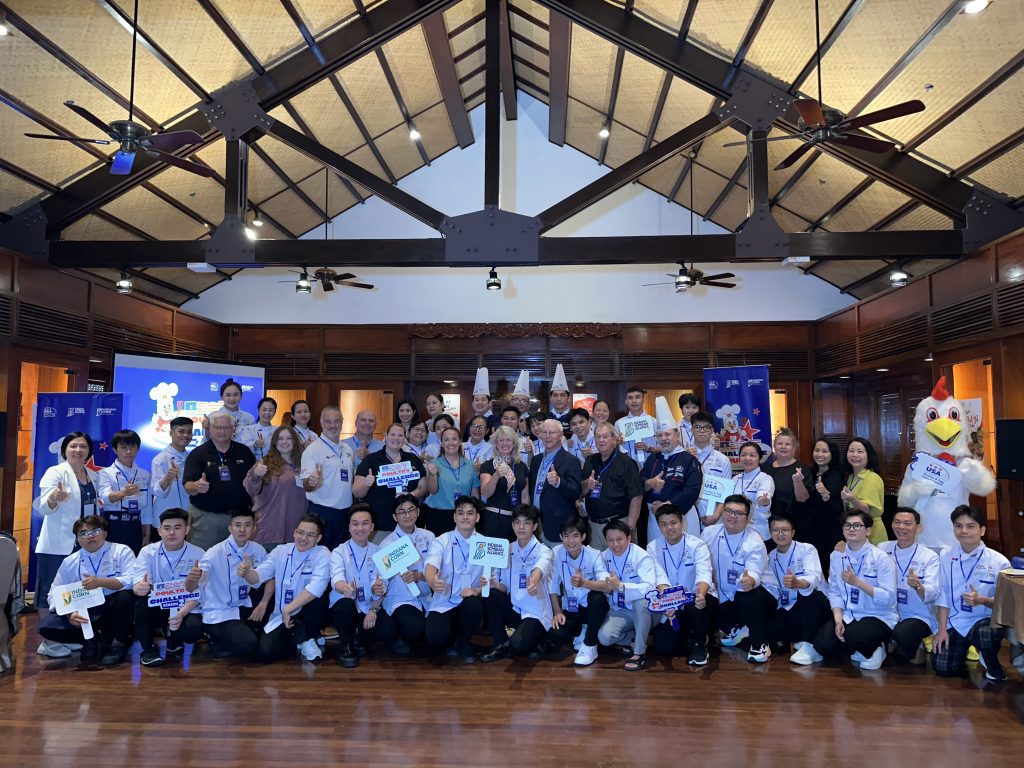
Chef Doan Van Tuan, the executive chef of the Furmara Resort, was also a judge for the Best Poultry Challenge.
“This year’s contest was even better than the first competition, because the young chefs had more knowledge about incorporating U.S. chicken into Vietnamese dishes and they also incorporated high oleic soybean cooking oil,” he says.
ICMC President Tim Gauck, a farmer in Greensburg, Ind., says the contest highlighted the importance of the Vietnamese market and the opportunity for U.S. poultry in the country.
He says it’s important to evaluate checkoff investments and see what is or isn’t working.
“When I think about why I visit these markets, I think of anyone on the farm that comes to sell you seed, fertilizer, or equipment. They come to see what you like, what you don’t like, and get to know you better,” he says. “I see ourselves in that situation. We’re here to let them know who we are as Indiana farmers and that we’re interested in how they’re using our product and looking for ways to continually improve products to make that happen.”

ISA Senior Director of Market Development Ed Ebert says it can’t be overstated how important it is for Indiana farmers to see the projects in person.
“It’s important for Indiana farmers who are helping support these projects to get here and see the work but then also become ambassadors for other Indiana farmers,” he says. “They’re able to talk about how sustainably corn and soybeans produced in Indiana are so important to these distant markets.”
Other representatives visiting the Vietnamese market also included Joe Stoller, Indiana Soybean Alliance director, and a farmer from Bremen, Ind., and John Baugh, director of agricultural services and regulations at Purdue University and an ex-officio member of the ISA Board of Directors.
Be on the lookout for more coverage on the recent USDA-sponsored agribusiness trade mission to Vietnam, highlighting the importance of this market, and the Southeast Asia U.S. Agriculture Cooperators Conference.
Posted: November 16, 2024
Category: ICMC, Indiana Corn and Soybean Post - November 2024, ISA, News



